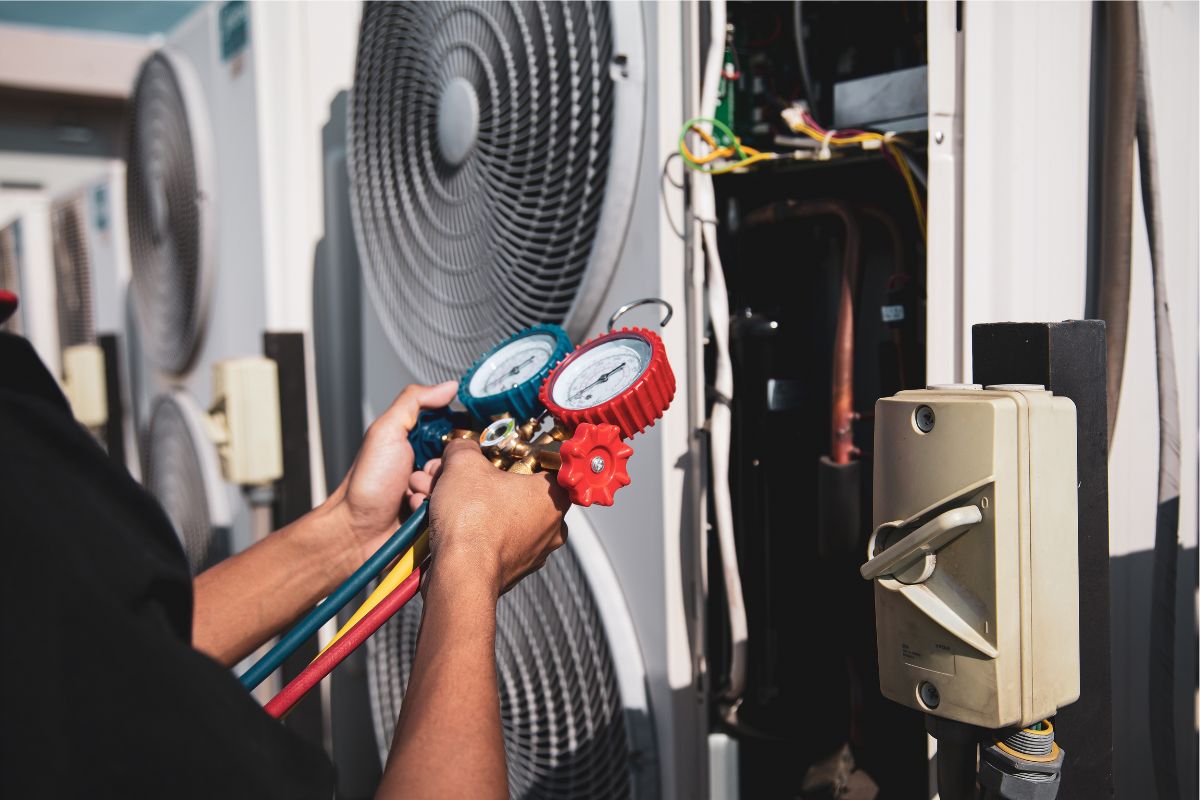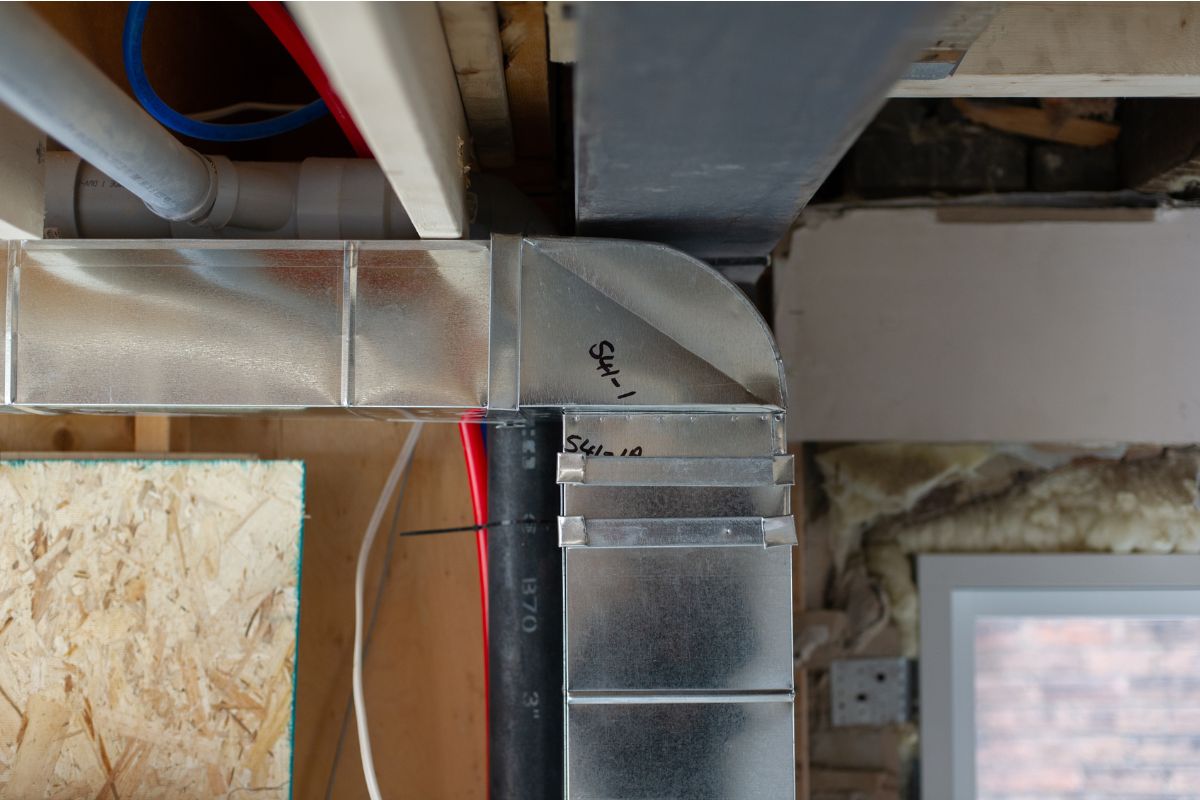 The American Heating and Refrigeration Institute (AHRI) has finally developed a new certification program for variable refrigerant flow multi-zone split air conditioners and heat pumps. In years past, systems manufactured by Mitsubishi, Daikin, LG and the like were unable to qualify for utility rebates and Federal tax incentives because there was no way to rate their efficiency performance. This was primarily because multi-zone ductless and ducted VRF systems had so many potential variations of installed indoor components that it made it nearly impossible to accurately rate SEER (Seasonal Energy Efficiency Rating), EER (Energy Efficiency Ratio) and HSPF (Heating Season Performance Factor). To solve this problem, AHRI came up with this new 2012 certification program. “This certification program covers matched variable refrigerant flow multi-split air-conditioner and multi-split heat pump systems, that comply with either the National Appliance Energy Conservation Act (NAECA) or the Energy Policy Act (EPACT) and use distributed refrigerant technology with cooling and heating capacities for outdoor units from 12,000 Btu/h [3508 W] to 300,000 Btu/h [87,692 W] and indoor units from 5,000 Btu/h [1,462 W] to 60,000 Btu/h [17,538 W]. Each indoor unit is designed to condition a single zone.”
The American Heating and Refrigeration Institute (AHRI) has finally developed a new certification program for variable refrigerant flow multi-zone split air conditioners and heat pumps. In years past, systems manufactured by Mitsubishi, Daikin, LG and the like were unable to qualify for utility rebates and Federal tax incentives because there was no way to rate their efficiency performance. This was primarily because multi-zone ductless and ducted VRF systems had so many potential variations of installed indoor components that it made it nearly impossible to accurately rate SEER (Seasonal Energy Efficiency Rating), EER (Energy Efficiency Ratio) and HSPF (Heating Season Performance Factor). To solve this problem, AHRI came up with this new 2012 certification program. “This certification program covers matched variable refrigerant flow multi-split air-conditioner and multi-split heat pump systems, that comply with either the National Appliance Energy Conservation Act (NAECA) or the Energy Policy Act (EPACT) and use distributed refrigerant technology with cooling and heating capacities for outdoor units from 12,000 Btu/h [3508 W] to 300,000 Btu/h [87,692 W] and indoor units from 5,000 Btu/h [1,462 W] to 60,000 Btu/h [17,538 W]. Each indoor unit is designed to condition a single zone.”
As a result, we can now submit certain combinations of VRF systems to LIPA (utility) for residential and commercial rebate programs. This is great news because VRF systems provide their greatest savings because of their ability to operate at part load capacity. Very rarely will an air conditioning or heating system be required to operate at peak load (outdoor temps at or above 95 degrees F or below 15 degrees F). This is where the variable speed compressors in VRF systems and their ability to shift load from one area to the next comes into play. Although some VRF systems may not be able to achieve the top peak load efficiency ratings that a single or dual speed DX system can, they are considerably more efficient in partial load situations because of their DC inverter driven ability to ramp up and down from 10% to 100%+ of required capacity. Also, because most of these systems utilize electronic expansion valves that allow for an increase or decrease in refrigerant volume flow depending upon load, they have the ability to shift capacity requirements as the cooling or heating load shifts in a space due to environmental factors like solar gain variance (sun movement), occupancy levels and infiltration. This ability also allows for the use of up to 150% of indoor coil versus outdoor coil capacity. This is something that cannot be done with standard ducted systems unless they have VAV (variable air volume) terminals or are part of a chilled water system.
Ultimately, this is a great win for the VRF industry, energy conscious consumers and VRF system installers.
As always, to keep up to date with what’s new in HVAC technology, visit our website at airideal.com and follow us on Twitter @airideal and at our Facebook page!

Other Blogs
June 26, 2025 |
3 min read
May 22, 2025 |
3 min read


